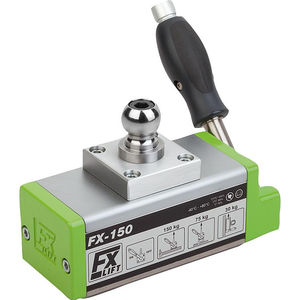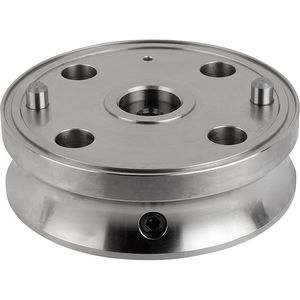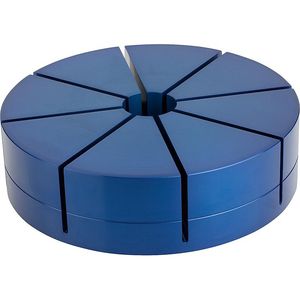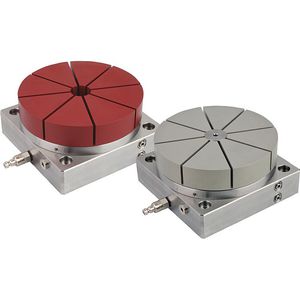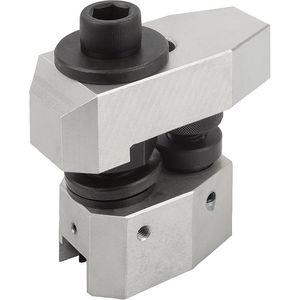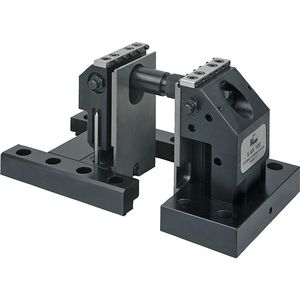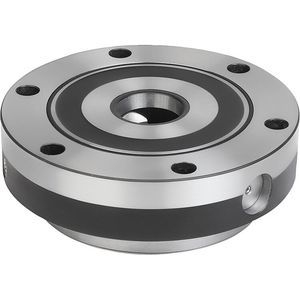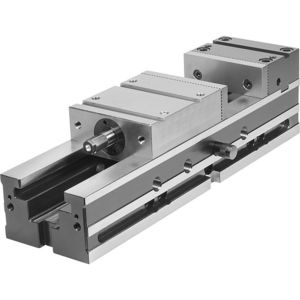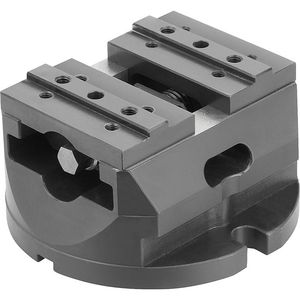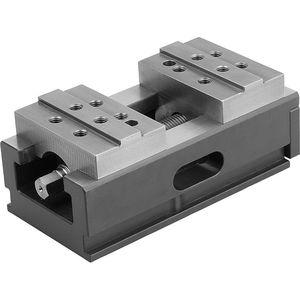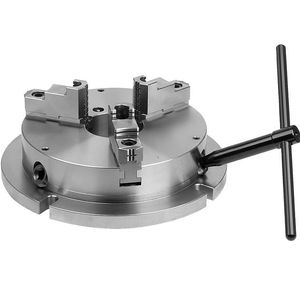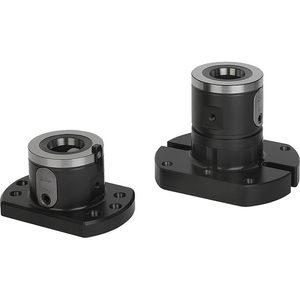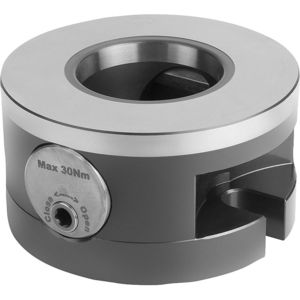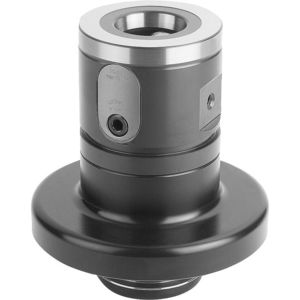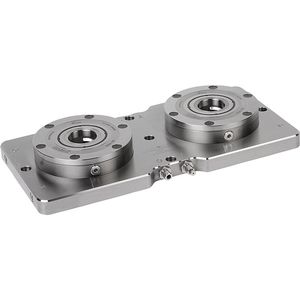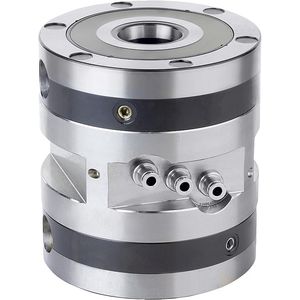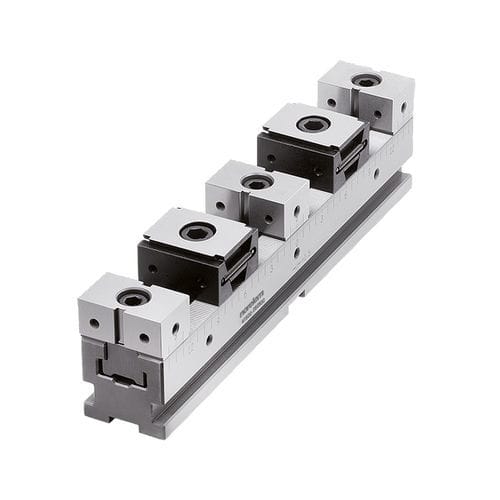
- Power Transmission - Mechanical components
- Mechanical Transmission
- Manual clamping system
- norelem - Éléments standard mécaniques
- Company
- Products
- Catalogs
- News & Trends
- Exhibitions
Multiple clamping system 41510 seriesmechanicalmanualworkpiece


Add to favorites
Compare this product
Characteristics
- Type
- mechanical, manual
- Applications
- workpiece, machining
- Other characteristics
- adjustable, modular, multiple, steel, vertical, horizontal
Description
Multi-clamping system double-sided wedge clamps Fixed jaw ES
Material:
Clamping rail and fixed stop tool steel.
Wedge clamp mild steel.
Version:
Clamping rail and fixed stop hardened and ground (HRC 55 ±2).
Wedge clamp hardened and black oxidised.
Note:
The multi-clamping system can be fastened using various interfaces.
1. Lateral clamping edge for clamping claw set. Claw clamps can be fastened at any position.
2. Holes for DIN cap screws.
3. Ø25 mm locating holes for conventional zero-point clamping systems with 200 mm spacing.
4. Ø16 mm locating holes for zero-point clamping systems with 96 mm spacing.
5. Three 18H7 alignment slots for crosswise and lengthwise alignment on T- slot tables.
6. Ø12F7 and Ø16F7 reamed holes for 40 and 50 mm grid systems.
Three different versions are available:
- Multi-clamping system double-sided wedge clamp with OS fixed jaw / 41510.
- Multi-clamping system double-sided wedge clamp with DS fixed jaw / 41510-10.
- Multi-clamping system single-sided wedge clamp with OS fixed jaw / 41510-20.
Application:
A number of multi-clamping systems with different lengths can be mounted one behind the other or beside each other. The precision toothing enables highly precise positioning of the fixed jaws. Due to the lateral graduations on the clamping rails, each position of the fixed jaws can be documented and reset identically. Stops can be mounted in the tapped holes on the side.
Turning the clamping screw moves the clamping segments outwards and press the workpieces against the fixed jaw.
Catalogs
No catalogs are available for this product.
See all of norelem - Éléments standard mécaniques‘s catalogsOther norelem - Éléments standard mécaniques products
Workholding system
Related Searches
- Gearbox
- NORELEM clamping
- Power transmission belt
- Right angle gearbox
- Flexible shaft coupling
- Precision gearbox
- Shafts coupling
- Transmission chain
- Transmission gearbox
- Flange shaft coupling
- Low-noise gearbox
- Bevel gearbox
- Rigid shaft coupling
- Metal chain
- Industrial gearbox
- Roller chain
- Backlash-free coupling
- Maintenance-free gearbox
- NORELEM clamping element
- High-precision gearbox
*Prices are pre-tax. They exclude delivery charges and customs duties and do not include additional charges for installation or activation options. Prices are indicative only and may vary by country, with changes to the cost of raw materials and exchange rates.





